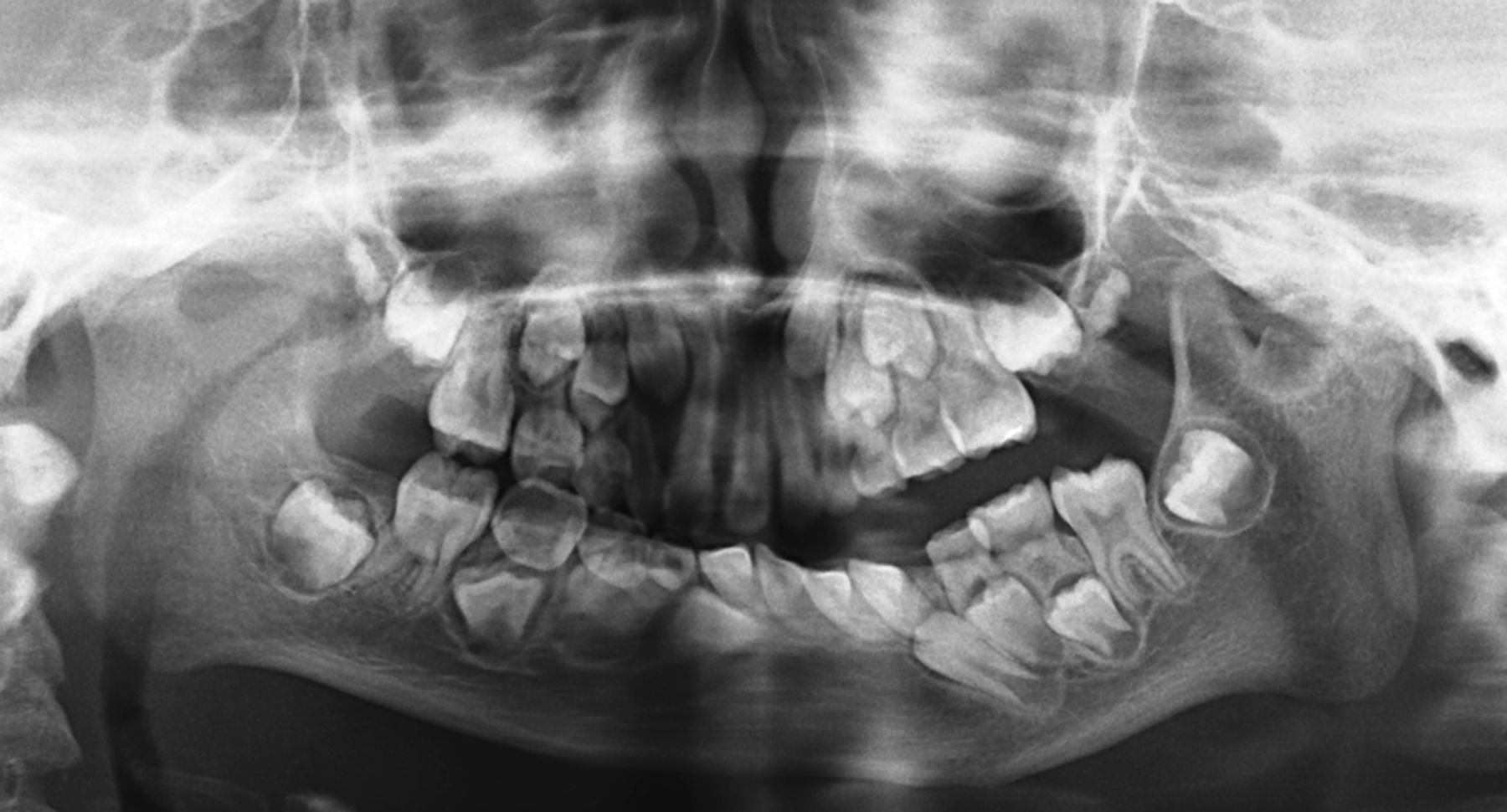
What is Median Arcuate Ligament Syndrome (MALS)? Imagine feeling intense stomach pain every time you eat or exercise. This could be a sign of Median Arcuate Ligament Syndrome (MALS), a rare condition where the median arcuate ligament compresses the celiac artery and nearby nerves. This compression can lead to symptoms like severe abdominal pain, nausea, vomiting, and significant weight loss. Diagnosing MALS can be tricky because its symptoms often mimic other gastrointestinal issues. However, advanced imaging techniques like ultrasound, CTA, and MRA can help pinpoint the problem. Treatment usually involves surgery to relieve the artery compression, offering much-needed relief to those affected.
Key Takeaways:
- MALS is a rare condition causing abdominal pain, nausea, and weight loss. Surgery can help, but it's important to consider psychological impact and rehabilitation for effective management.
- Collaborative care and ongoing research are crucial for improving MALS diagnosis and treatment. Genetic factors may also play a role, so patient advocacy and support are essential.
What is Median Arcuate Ligament Syndrome?
Median Arcuate Ligament Syndrome (MALS) is a rare condition that can cause significant discomfort and health issues. Understanding its basics can help in recognizing and managing it effectively.
- Definition: MALS occurs when the median arcuate ligament compresses the celiac artery and celiac ganglia, leading to various gastrointestinal symptoms.
- Other Names: It’s also known as Celiac Artery Compression Syndrome, Celiac Axis Syndrome, Celiac Trunk Compression Syndrome, and Dunbar Syndrome.
- Incidence: This condition affects about 2 per 100,000 people, making it quite rare.
- Causes: The primary cause is the compression of the celiac artery by the median arcuate ligament, which can be congenital or acquired.
- Risk Factors: Women between the ages of 20 and 40 are more likely to develop MALS.
Symptoms of MALS
The symptoms of MALS can be varied and often mimic other gastrointestinal conditions, making diagnosis challenging.
- Abdominal Pain: Pain in the upper middle stomach area, which may worsen after eating or exercising.
- Nausea and Vomiting: Common and can be severe, impacting daily life.
- Weight Loss: Significant weight loss, often greater than 20 pounds, due to fear of eating food because of pain.
- Bloating: Discomfort and bloating in the upper abdomen.
- Diarrhea or Constipation: Some patients may experience gastrointestinal disturbances like diarrhea or constipation.
Diagnostic Challenges and Imaging
Diagnosing MALS can be tricky due to its nonspecific symptoms and the need to rule out other conditions.
- Diagnostic Challenges: Many healthy patients show some degree of celiac artery compression without symptoms, making diagnosis one of exclusion.
- Ultrasound: Duplex ultrasonography measures blood flow through the celiac artery. Peak systolic velocities greater than 200 cm/s suggest celiac artery stenosis.
- Computed Tomography Angiography (CTA): Preferred for confirming the diagnosis, providing better visualization of intra-abdominal structures.
- Magnetic Resonance Angiography (MRA): Another imaging modality used to evaluate the celiac artery and confirm the diagnosis.
Clinical and Imaging Features
Understanding the clinical and imaging features can help in identifying MALS more accurately.
- Clinical Features: The classic triad includes abdominal pain after eating, weight loss, and an abdominal bruit, though it’s found in only a minority of individuals.
- Focal Narrowing of the Proximal Celiac Artery: Often accompanied by post-stenotic dilatation.
- Indentation on the Superior Aspect of the Celiac Artery: Caused by the median arcuate ligament.
- Hook-Shaped Contour of the Celiac Artery: A characteristic feature that helps distinguish MALS from other causes of celiac artery stenosis.
Treatment Options
Treatment for MALS typically involves surgical intervention to relieve the compression of the celiac artery.
- Surgical Decompression: Involves division of the median arcuate ligament to relieve pressure on the celiac artery.
- Open Surgery: Traditional method with a larger incision to access the ligament.
- Laparoscopic Surgery: Minimally invasive approach with smaller incisions and a laparoscope.
- Robot-Assisted Surgery: Advanced minimally invasive technique using robotic instruments.
Post-Surgical Outcomes and Complications
Post-surgical outcomes can vary, and understanding potential complications is crucial for effective management.
- Outcome of Surgery: Most patients benefit from surgical intervention, though responses can vary based on age and other factors.
- Complications: Can include gastroparesis and aneurysm of the superior and inferior pancreaticoduodenal arteries.
- Postoperative Care: Involves monitoring for complications and managing symptoms effectively.
Additional Diagnostic and Clinical Evaluations
Further evaluations are often necessary to rule out other conditions and confirm the diagnosis of MALS.
- Upper Endoscopy: To rule out other gastrointestinal conditions like GERD and gallbladder disease.
- Colonoscopy: Evaluates the colon to rule out other gastrointestinal conditions.
- Evaluation for Gallbladder Disease: To rule out gallstones or other gallbladder-related conditions.
Impact on Quality of Life
MALS can significantly impact a patient’s quality of life, making effective management essential.
- Symptom Severity: Symptoms can vary from mild to severe and debilitating.
- Impact on Quality of Life: Chronic abdominal pain and gastrointestinal symptoms can lead to anxiety, depression, and other psychiatric conditions.
- Treatment Outcomes: Success depends on various factors, including patient age, overall health, and presence of comorbid conditions.
Surgical Techniques and Minimally Invasive Procedures
Different surgical techniques are available, with minimally invasive procedures often preferred.
- Division of the Median Arcuate Ligament: Involves making incisions on the ligament to relieve pressure.
- Removal of the Celiac Ganglia: Sometimes necessary to relieve nerve compression and alleviate pain.
- Minimally Invasive Procedures: Preferred for smaller incisions and shorter hospital stays, including laparoscopic and robot-assisted surgeries.
Rehabilitation and Psychological Impact
Rehabilitation and psychological support are crucial for recovery and managing the condition effectively.
- Rehabilitation: Includes physical therapy to improve mobility and pain management techniques.
- Psychological Impact: Chronic pain and gastrointestinal symptoms can lead to anxiety, depression, and other psychiatric conditions, making psychological support essential.
Future Research and Collaborative Care
Ongoing research and collaborative care can improve diagnosis and treatment options for MALS.
- Future Research Directions: Developing more accurate diagnostic tools, improving surgical techniques, and exploring non-surgical treatment options.
- Collaborative Care: Involves gastroenterologists, vascular surgeons, and pain management specialists for comprehensive care.
- Patient Advocacy: Groups can raise awareness, advocate for better care, and provide resources and support to patients and families.
- Genetic Factors: Some evidence suggests genetic factors may play a role in the development of MALS, particularly in individuals with connective tissue disorders like Ehler-Danlos syndrome.
Final Thoughts on MALS
Median Arcuate Ligament Syndrome (MALS) is a rare but significant condition that can greatly impact a person's quality of life. Knowing the symptoms like abdominal pain, nausea, and weight loss helps in seeking timely medical advice. Diagnosis often involves imaging techniques such as ultrasound, CTA, and MRA. Treatment usually requires surgical intervention, with options ranging from open surgery to minimally invasive procedures. Post-surgery, most patients experience relief, though outcomes can vary based on individual factors. Lifestyle changes, stress management, and dietary adjustments also play a role in managing symptoms. Awareness and education about MALS are crucial for early diagnosis and effective treatment. By understanding this condition better, patients and healthcare providers can work together to improve outcomes and enhance the quality of life for those affected.
Frequently Asked Questions
Was this page helpful?
Our commitment to delivering trustworthy and engaging content is at the heart of what we do. Each fact on our site is contributed by real users like you, bringing a wealth of diverse insights and information. To ensure the highest standards of accuracy and reliability, our dedicated editors meticulously review each submission. This process guarantees that the facts we share are not only fascinating but also credible. Trust in our commitment to quality and authenticity as you explore and learn with us.


